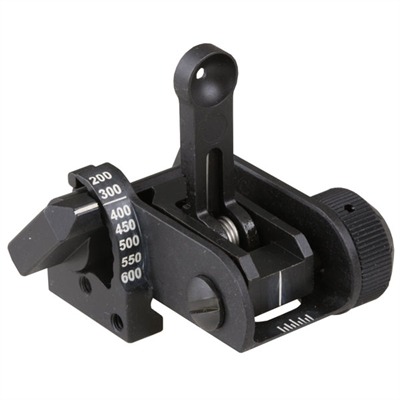Thanks in advance.
I put Iron Sight on my rifle and my range session went well. Zeroed at 25 yards and then at 50 yards. I was very happy.
On the internet I saw that the small Aperture, which was the one I used, was for 300 yards and over. It must be true, it was on the Internet.
So, at my last session, I switched to the large Aperture and I had very big groups. I had a hard time finding the front sight.
What am I doing wrong?
I put Iron Sight on my rifle and my range session went well. Zeroed at 25 yards and then at 50 yards. I was very happy.
On the internet I saw that the small Aperture, which was the one I used, was for 300 yards and over. It must be true, it was on the Internet.
So, at my last session, I switched to the large Aperture and I had very big groups. I had a hard time finding the front sight.
What am I doing wrong?

